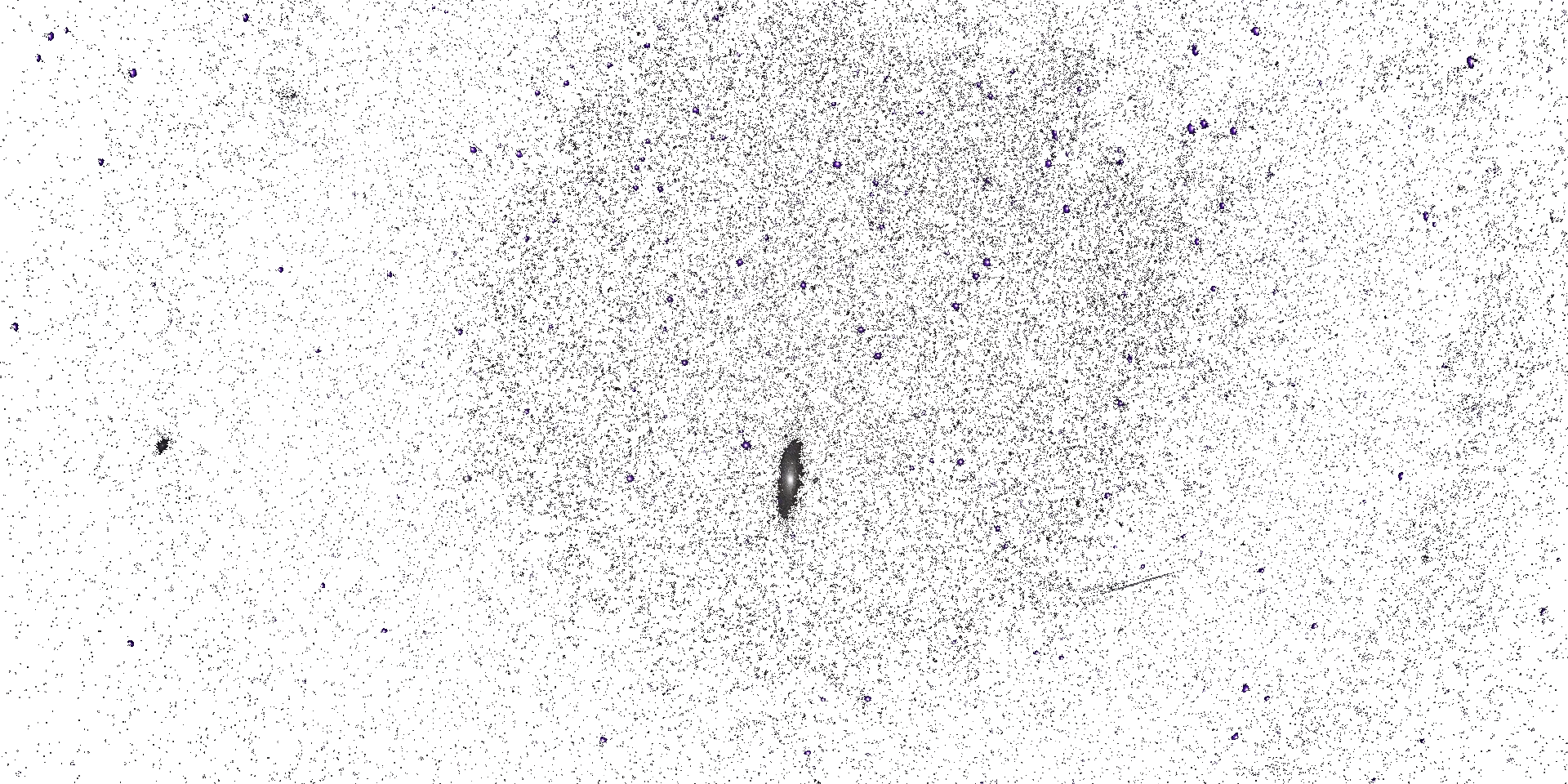




Space Climate 8 Meeting Abstract
Solar cyclic activity reconstruction now extends to cover the last millennium
Ilya G. Usoskin (University of Oulu)
Usoskin, I.G., S.K. Solanki, N.A. Krivova, B. Hofer, G.A. Kovaltsov, L. Wacker, N. Brehm and B. Kromer
The 11-year Schwabe solar cycle is the main feature of solar variability. It is produced by the oscillatory dynamo acting in the Sun. Solar cycles have been directly observed for the last few centuries using telescopic observations of sunspots. On the other hand, solar activity is known to vary at least over 12 millennia using indirect cosmogenic proxy data, but individual solar cycles could not be resolved in that data because of insufficient accuracy of the data. However, thanks to the new high-precision annual data of 14C measured in tree trunks, individual solar cycles can now be reconstructed for the last millennium. We present here a reconstruction of the cyclic solar activity from 971 CE, making 85 individual cycles, along with its uncertainties. This more than doubles the number of solar cycles known from direct solar observations. We also check that the reconstructed cycles generally agree with the telescopic sunspot data after 1750 CE. Thus, solar cycles are reconstructed, for the first time, for about 1000 years, in the form of annual (pseudo) sunspot numbers with the full assessment of all known uncertainties.
Mode of presentation: oral (Need to be confirmed by the SOC)
